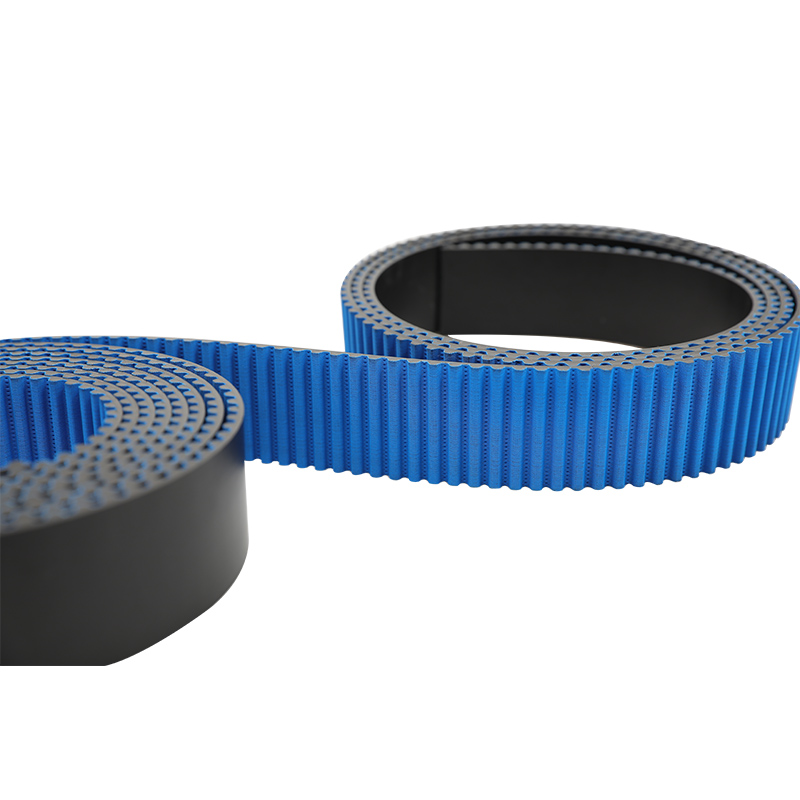There are two types of timing belt teeth: trapezoidal teeth and arc teeth, and there are three series of arc teeth: arc teeth (H series also known as HTD belt), flat top arc teeth (S series also known as STPD belt) and concave top parabolic teeth (R series).


Trapezoidal tooth timing belt
Trapezoidal tooth synchronous belts are divided into two types: single-sided and double-sided, referred to as single-sided and double-sided belts. The double-sided belt is divided into symmetrical tooth type (code DA) and staggered tooth type (code DB) according to the arrangement of teeth.
Trapezoidal tooth timing belts have two size systems: pitch system and module system. my country adopts the pitch system, and according to ISO 5296, the corresponding standards GB/T 11361~11362-1989 and GB/T 11616-1989 for synchronous belt drive are formulated.
Arc tooth timing belt
In addition to the curved tooth shape, the arc tooth synchronous belt has basically the same structure as the trapezoidal tooth synchronous belt, the pitch of the belt is equivalent, and its tooth height, tooth root thickness and tooth root fillet radius are all larger than those of the trapezoidal tooth. After the belt tooth is loaded, the stress distribution state is better, the stress concentration of the tooth root is eased, and the bearing capacity of the tooth is improved. Therefore, the arc tooth synchronous belt transmits more power than the trapezoidal tooth synchronous belt, and can prevent the interference of the teeth during the meshing process.
The arc tooth timing belt has good wear resistance, low noise during operation, no need for lubrication, and can be used in harsh environments with dust. It has been widely used in food, automobile, textile, pharmaceutical, printing, paper and other industries.


 English
English 中文简体
中文简体 عربى
عربى















